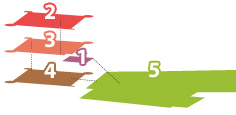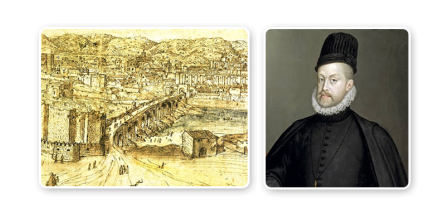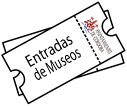
The Spanish courts in Philip II period (2 of 3) Audiodescription.

In the 16th century, Córdoba was still one of the most important cities in the Kingdom of Castille, which is why Phillip II ordered an assembly of the Royal Court of the Kingdom in the city of Córdoba in 1570. The main reason was to use the city as a base for the Rebellion of Alpujarras (Granada) assigning the leadership of an army brought from Italy and the Eastern Spain to his half brother, D. John of Austria. He was victorious against the rebels and pardoned the 80,000 Moorish rebels.
In honour of the King's visit and holding the Courts, the Mayor of Córdoba, Mr. Francisco Zapata de Cisneros —who was sent from Madrid to prepare the General Courts for the royal visit— contracted Hernán Ruiz to build the primitive bridge’s gate. The architect from Cordoba carried out a monumental gate —in a pure renaissance style— inspired by the triumphal arches of the Roman period crowning it with a semicircular mannerist pediment.
In the 20th century it was free from the tangential buildings and it became a kind of free-standing triumphal arch. The gate consists of a single arch and two Doric columns on both sides supporting an entablature crowned by a large cornice.
In the centre, visitors will find a console in memory of King Phillip II. Over the inscriptions, there is a semi-circular pediment featuring two atlases dressed in period costumes presenting King Phillip the Second’s coat of arms.
Sections of this piece:
Press the Play buttons to access a speech version of the description or the audiodescription for visually impaired.
Click in Audiodescription to access to its text version.

Alcazar of the Christian Monarchs. Plaza Campo Santo de los Mártires s/n. 14004 Córdoba
2011 Ayto. de Córdoba. All rights reserved. Legal Advice


